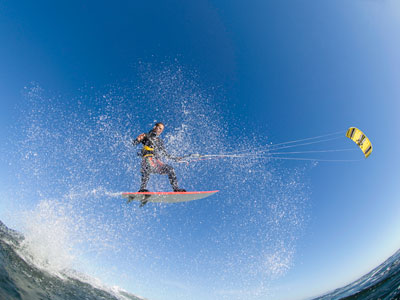
Joe Koehl, Robby Naish, Don Montague, Laid Hamilton, Emmanuel Bertin, and others helped improve the technical aspects of kitesurfing and gave notoriety it never had. The early kiteboarding prototypes caught the attention of a few action sports enthusiasts in Maui, the windy Hawaiian island.

The company developed an eye-catching patent-protected kite sports bundle that included a kite, board, and a reel bar. In the early 1990s, and after a few years of research, development, and testing, Oregon's Cory Roeseler and his dad founded KiteSki. They got the inspiration from the "Jacob's Ladder" catamaran and its stacked Flexifoil kites and from the Birdsail, a kind of mini hang-glider that replaced the windsurf sail. The sport of kiteboarding has its roots in the south of France.īetween the late 1970s and early 1980s, brothers Dominique and Bruno Legaignoux started testing the use of a dual-line kite in water skiing. Unlike in windsurfing and other sailing disciplines, kiteboarders need minimum wind speed to get their wings up in the sky. Kiteboarders are only able to fly their kites through an imaginary wind window.

Harnessed to a large hand-controlled kite and powered by the wind, the kiteboarder uses a board (similar to a snowboard, wakeboard, or skateboard) to ride and glide across the water. Kiteboarding, also known as kitesurfing, is a water sport that blends elements and characteristics of wakeboarding, surfing, windsurfing, snowboarding, paragliding, and skateboarding.


 0 kommentar(er)
0 kommentar(er)
